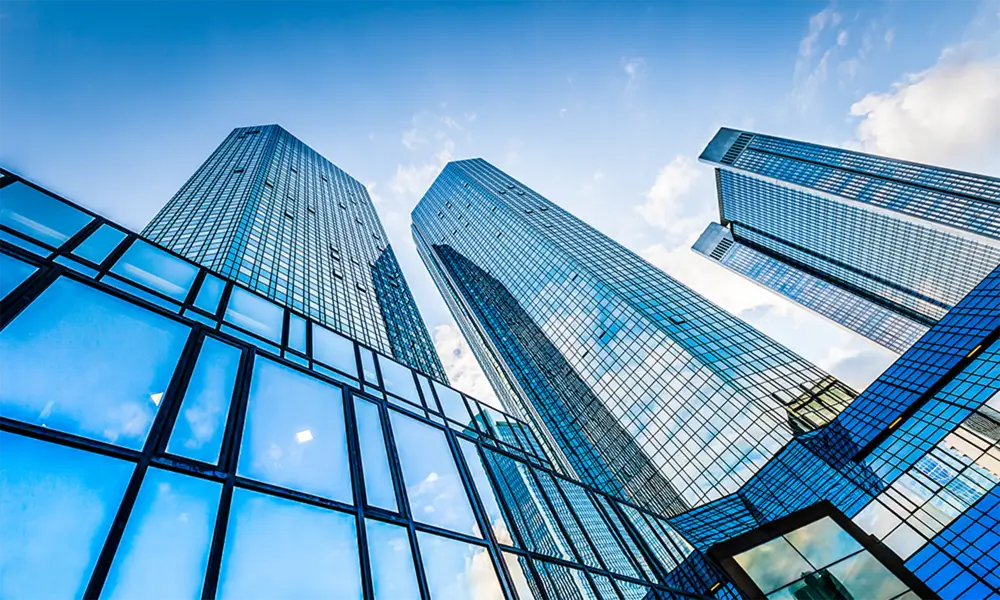

The Benefits of Thick Tempered Glass in Modern Design
Thick tempered glass has rapidly gained popularity in various architectural and interior design projects. This material, known for its strength and durability, presents numerous advantages that make it a preferred choice among architects, designers, and homeowners alike. The unique properties of thick tempered glass not only enhance aesthetic appeal but also ensure safety and functionality in numerous applications.
One of the primary benefits of thick tempered glass is its impressive strength. The tempering process involves heating the glass to high temperatures and then rapidly cooling it, a technique that significantly increases its resistance to impact and thermal stress. Compared to regular glass, thick tempered glass can withstand forces and variations in temperature without breaking or shattering. This makes it an ideal choice for areas prone to high traffic, such as walkways, atriums, and building facades.
In addition to its strength, thick tempered glass offers exceptional safety. When broken, it shatters into small, blunt pieces rather than sharp shards, reducing the risk of injury. This characteristic makes it a crucial component in environments where safety is paramount, such as in pools, shower enclosures, and glass railings. Moreover, many building codes and safety regulations recommend or require the use of tempered glass in certain applications, further underscoring its importance in modern design.

Aesthetically, thick tempered glass provides a sleek, contemporary look that can elevate any space. Its clarity and transparency allow for a seamless connection between indoor and outdoor environments, making rooms appear more spacious and inviting. Architects often utilize thick tempered glass in large windows, sliding doors, and curtain walls to create stunning views and maximize natural light, thus promoting a healthier indoor atmosphere.
Energy efficiency is another advantage of thick tempered glass, especially when used in double or triple glazing. These configurations enhance insulation properties, helping regulate indoor temperatures while reducing energy costs. By integrating thick tempered glass into their designs, architects can contribute to more sustainable building practices that align with modern environmental standards.
Furthermore, thick tempered glass is highly customizable, allowing designers to choose from an array of textures, tints, and coatings. This versatility enables the creation of unique glass features that cater to specific stylistic preferences or functional requirements. From tinted glass for privacy to Low-E coatings for enhanced insulation, the options are nearly limitless.
In conclusion, thick tempered glass is an exceptional material that merges safety, functionality, and aesthetic appeal. Its robust nature, safety features, energy efficiency, and design flexibility make it an indispensable element in contemporary architecture and interior design. As trends toward open, light-filled spaces continue to evolve, thick tempered glass will undoubtedly play a pivotal role in shaping the future of modern design.